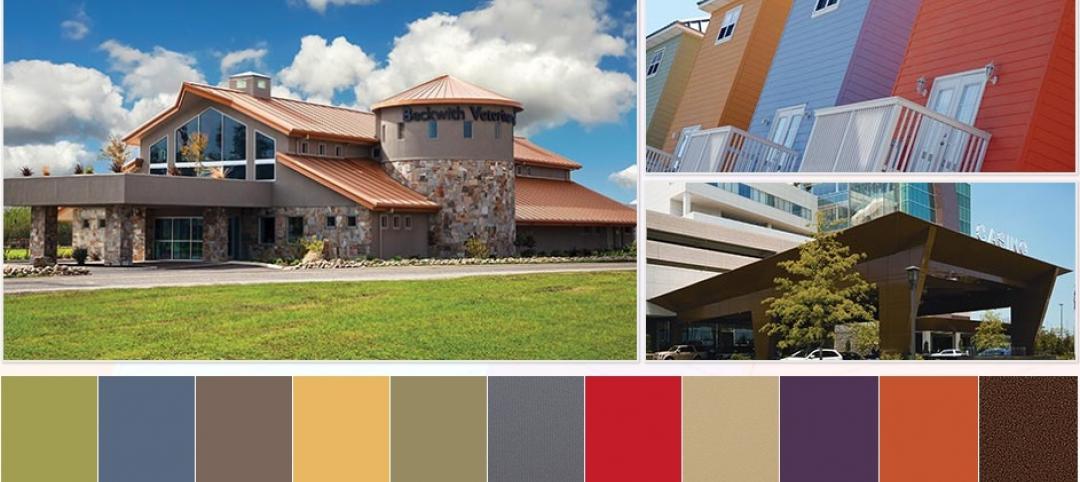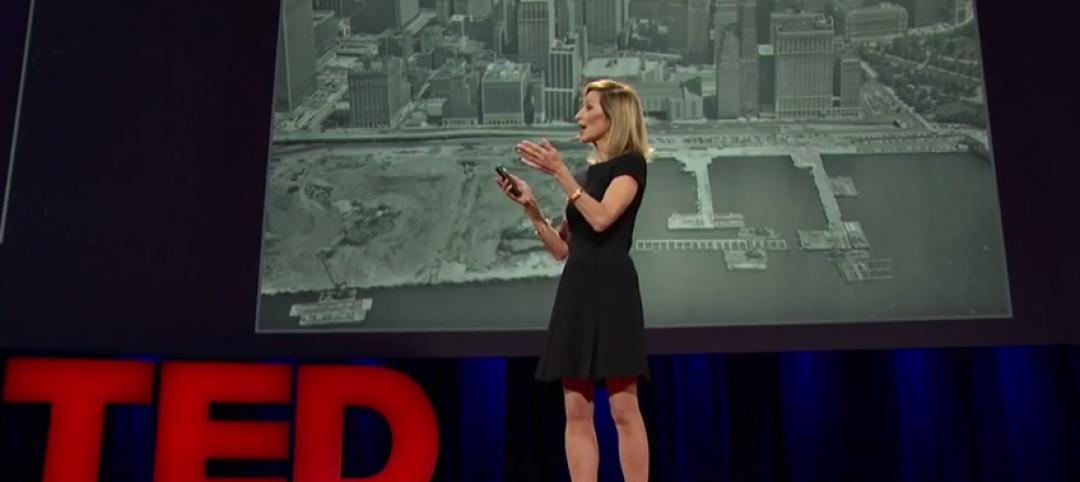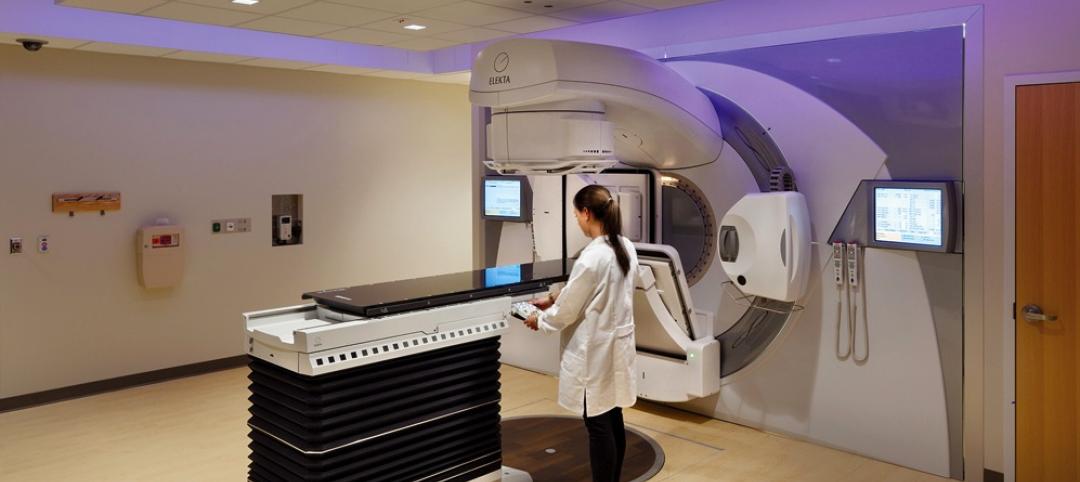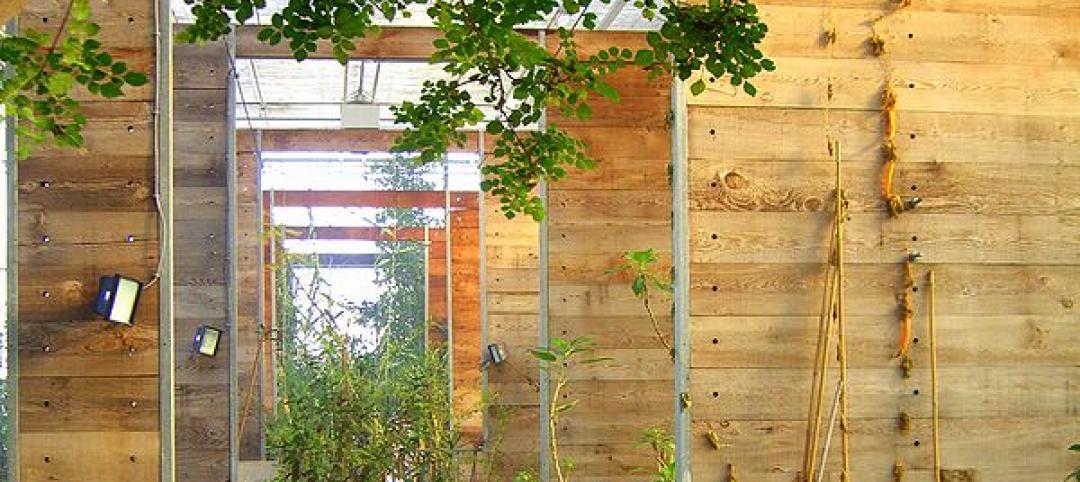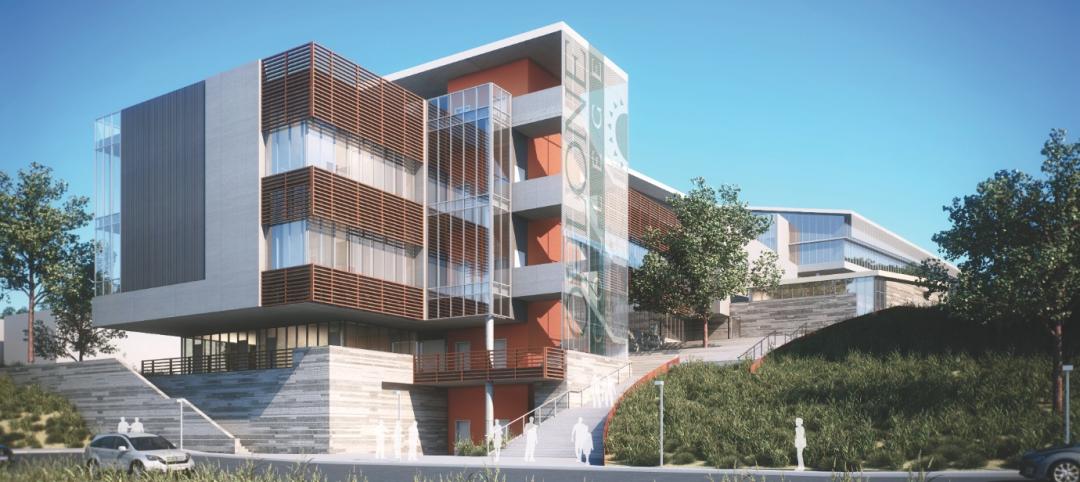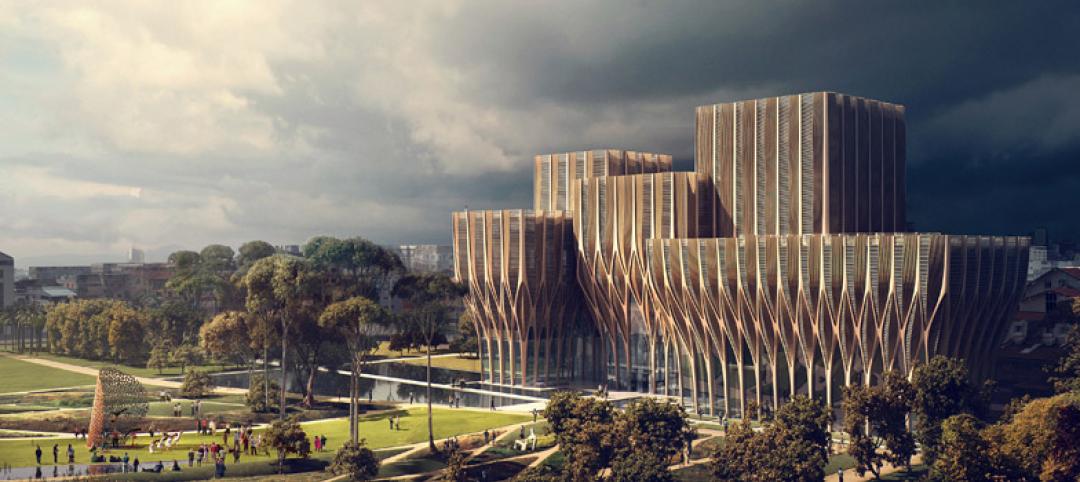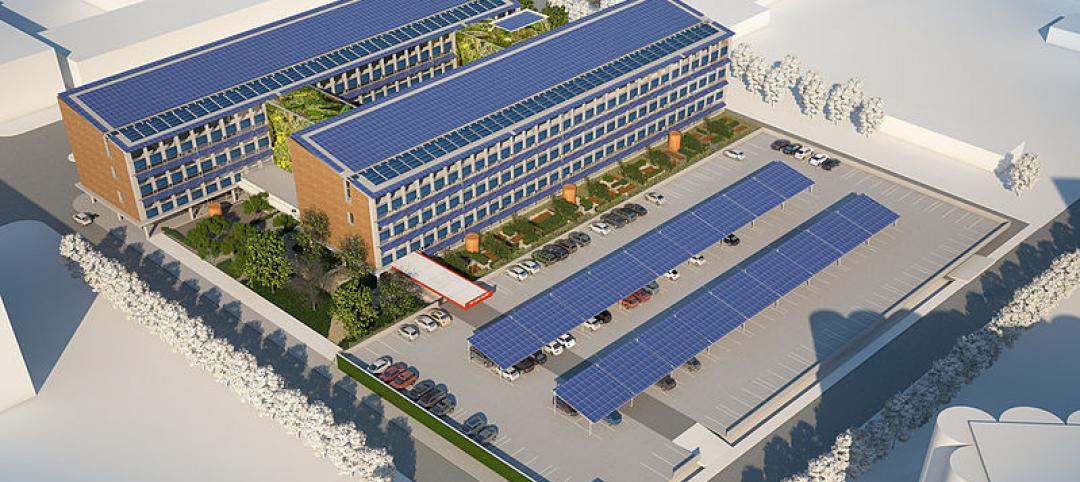Clark Construction Group, one of the country’s largest building and civic construction firms, reportedly has been sold to over a dozen of its long-time owners and executives.
The Washington Post reports that the new owners of Bethesda, Md.-based Clark, who will now control 100% of the business, include its Chairman Dan T. Montgomery, its Director Peter C. Forster, and its President and CEO Robert D. Moser Jr. Clark Construction, which generates more than $4 billion in annual revenue, has 4,000 employees in 11 offices in the U.S.
Terms of this agreement were not disclosed. A call to Clark’s spokesperson, Susan Ross, was not returned by presstime.
What precipitated this transition of ownership was the death from congestive heart failure of the 87-year-old A. James Clark in March 2015. His Clark Enterprises owned a majority stake in Clark Construction. The sale of Clark Construction was announced on January 14, but apparently had been consummated several weeks earlier.
Clark Enterprises, a diversified private investment management firm, will now be separate from Clark Construction, which dates back to 1906, and whose iconic projects have included Verizon Center, Nationals Park, and FedEx Field in Washington D.C., along with the Ronald Reagan Building in Los Angeles and an addition to Lincoln Center for the Performing Arts in New York City.
According to the company’s history, the present-day Clark Construction Group evolved from its biggest subsidiary, The George Hyman Construction Company. A. James Clark, who had been an employee of Hyman since 1950, took over the business in the 1960s and established Clark Construction in 1982.
Clark Construction’s expertise extends to design-build, lean and pre-construction, public-private partnerships, and virtual design and construction. Its 23 market sectors include offices, aviation, sports and entertainment, mission critical, hospitality, government, education, and multifamily.
Among its recent projects is a joint venture with Horizon on the $100 million, 250,000-sf Joint Processing Center in Houston that is expected to establish a new level of correctional processing for that city. The building will include temporary holding cells, medical facilities and cells, arraignment courtrooms, short-term inmate housing, and operations for the County Sheriff and City Police departments.
Clark is building the 43-story, 872,000-sf Park Tower at Transbay in San Francisco, a JV of The John Buck Company, Golub and Company, and Metlife, and designed by Goettsch Partners. And Clark is engaged with architect Fentress Architects in a $500 million renovation of 500,000 sf of exhibit and interior spaces at the Miami Convention Center, a project that includes an addition of a 60,000-sf ballroom with meeting and pre-function space.
Related Stories
| Oct 14, 2014
Slash energy consumption in data centers with liquid-based ‘immersive-cooling’ technology
A new technology promises to push the limits of data center energy efficiency by using liquid instead of air to cool the servers.
Sponsored | | Oct 14, 2014
3 color trends drive new commercial exterior color collections
Collectively as a society, we help create color trends, which shape our businesses, recreational facilities, healthcare centers, and civic buildings. These iconic colors are now appearing in Valspar's new color collections. SPONSORED CONTENT
| Oct 14, 2014
Get inspired with the top 10 TED talks about cities
The TED talks, none of which are longer than 20 minutes, feature speakers such as architect Moshe Safdie, Rio de Janeiro Major Eduardo Paes, and animal behaviorist Amanda Burden.
| Oct 14, 2014
Richard Meier unveils design for his first tower in Taiwan
Taiwan will soon have its first Richard Meier building, a 535-foot apartment tower in Taichung City, the country’s third-largest city.
| Oct 13, 2014
The mindful workplace: How employees can manage stress at the office
I have spent the last several months writing about healthy workplaces. My research lately has focused on stress—how we get stressed and ways to manage it through meditation and other mindful practices, writes HOK's Leigh Stringer.
| Oct 13, 2014
Debunking the 5 myths of health data and sustainable design
The path to more extensive use of health data in green building is blocked by certain myths that have to be debunked before such data can be successfully incorporated into the project delivery process.
| Oct 13, 2014
Department of Agriculture launches Tall Wood Building Competition
The competition invites U.S. developers, institutions, organizations, and design teams willing to undertake an alternative solution approach to designing and building taller wood structures to submit entries for a prize of $2 million.
| Oct 12, 2014
AIA 2030 commitment: Five years on, are we any closer to net-zero?
This year marks the fifth anniversary of the American Institute of Architects’ effort to have architecture firms voluntarily pledge net-zero energy design for all their buildings by 2030.
| Oct 10, 2014
A new memorial by Zaha Hadid in Cambodia departs from the expected
The project sees a departure from Hadid’s well-known use of concrete, fiberglass, and resin. Instead, the primary material will be timber, curved and symmetrical like the Angkor Wat and other Cambodian landmarks.
| Oct 9, 2014
Regulations, demand will accelerate revenue from zero energy buildings, according to study
A new study by Navigant Research projects that public- and private-sector efforts to lower the carbon footprint of new and renovated commercial and residential structures will boost the annual revenue generated by commercial and residential zero energy buildings over the next 20 years by 122.5%, to $1.4 trillion.




